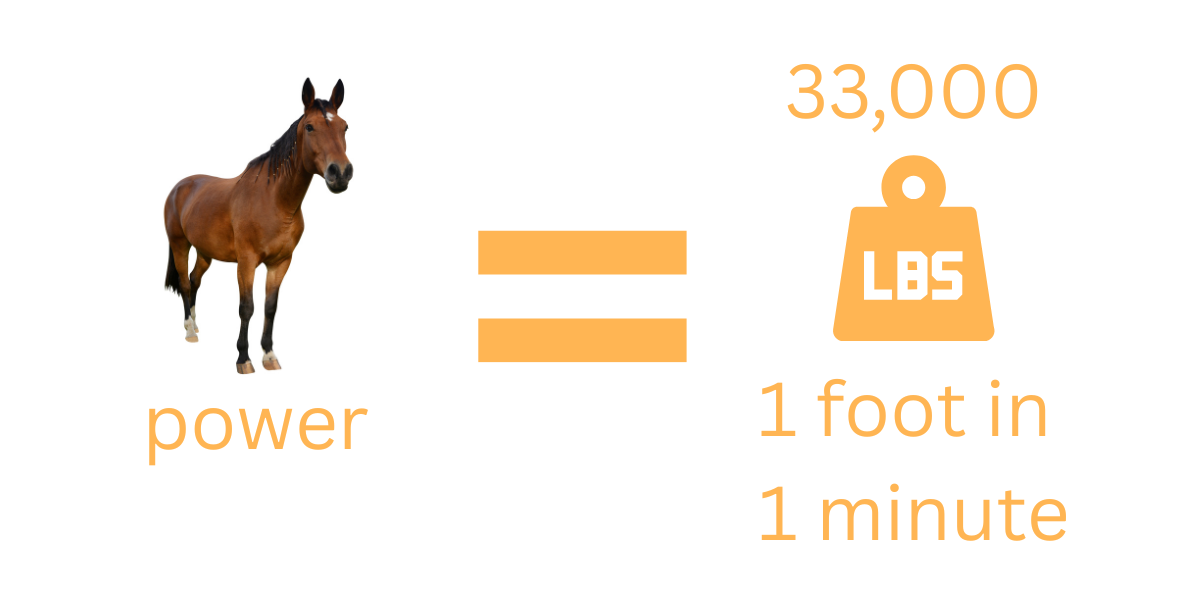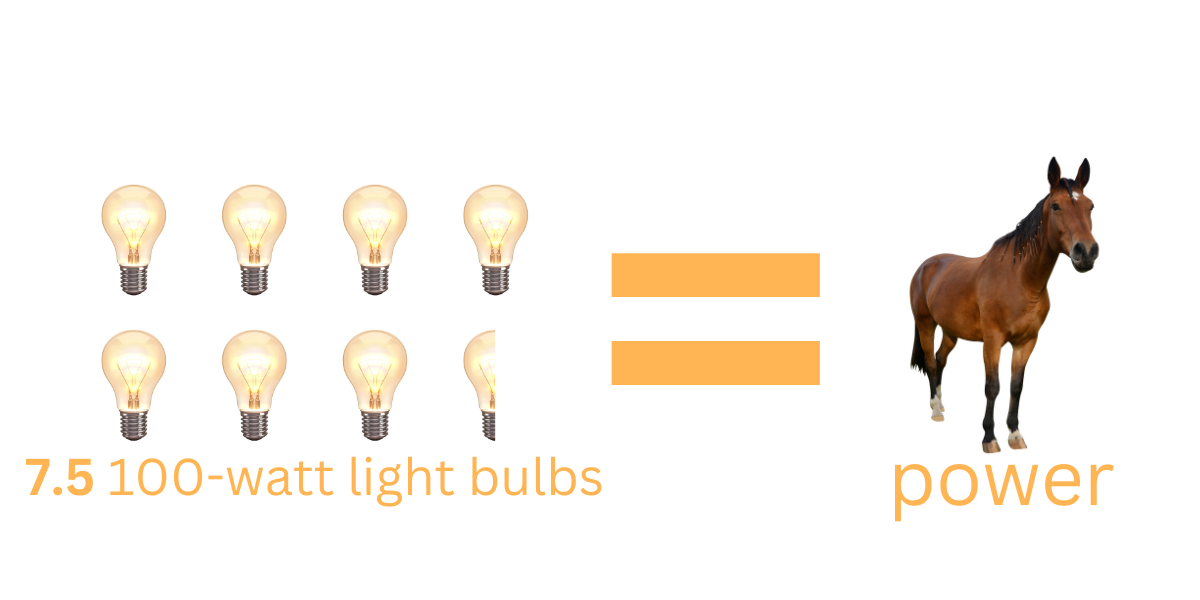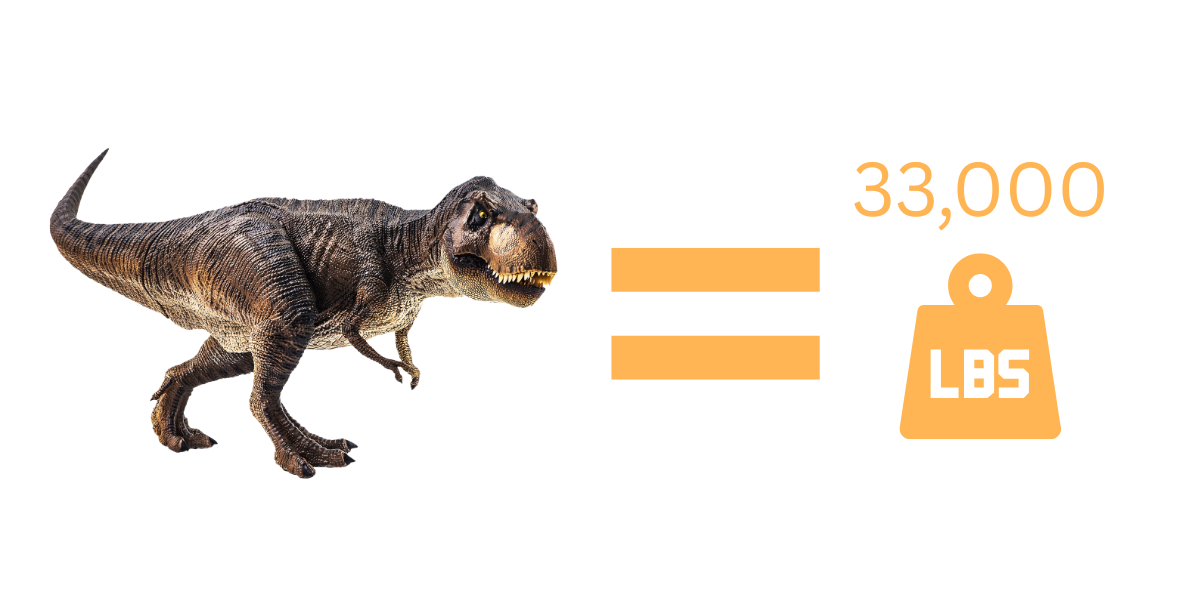There are cultural norms, phrases, and units of measurement that are objectively strange but are still used on a daily basis. It’s common knowledge that if you want to be direct about something, you should not “beat around the bush;” we all know that water freezes at 32 degrees Fahrenheit; lastly, we all know that the power of cars’ engines is measured in horsepower. We know these things, and we do not question why things are the way they are, despite them being objectively bizarre. If, like me, you want to know — once and for all — what exactly horsepower is, and how it got its name, then this article is for you.
The History of Horsepower
Back in the 18th-century, before the invention of the car, but some time after the invention of the horse, Scottish inventor and James Watt (who the “watt” is named after) was looking to market his new take on the steam engine to business owners. Watt found that breweries were still reliant on horses to power their mill shafts. Horses were tied to mill shafts, and would spend all day slowly circling them, generating power for the business to operate its facilities and brew its product before electricity or steam power could be adapted for the task. This led Watt to conduct an experiment. He measured the power exerted by horses working at a brewery (in this case, twenty horses were circling the mill shaft), and then used his findings to create a unit of measurement: horsepower.
Watt would use horsepower as a tool to help him sell his steam engines. If a steam engine had, say, four horsepower, it could replace the work of four horses. While the unit of measurement was conjured up as a marketing device, it stuck, and is still in use today.
What is Horsepower
Horsepower has always been the standard unit of measurement for describing the power of a car’s engine. If a car has lots of horsepower, you can expect it to be powerful. If it doesn’t have lots of horsepower, you can expect it to be fairly wimpy. But what is horsepower? In the strictest terms, horsepower is a unit of measurement equaling the power required to push 33,000 pounds one foot in one minute.

Horsepower, ironically, does not matter at all when it comes to selling horses. The amount of horsepower a horse has is assumed to be, roughly, one. That is, despite the fact that throughout a work day, a horse exerts an average of just half a horsepower, rather than a full horsepower. But to make things more confusing, a horse can exert upwards of 14 horsepower in short bursts.
It is important when it comes to selling cars, however. When people hear that a car has a high amount of horsepower, they expect it to be fast and powerful. However, the is only true if it has an appropriate power-to-weight ratio. This is the amount of power a car produces in relation to its weight. A light sedan that produces 150 horsepower will have no problem jetting across the freeway, but a multi-ton piece of construction equipment with equivalent horsepower will struggle to do the same.

Time for a Name Change
Horses had their time. They were the dominant form of transportation for millennia, and had full reign to crap on city streets from Lisboa to Tokyo, with their own stableboys and outfitters to take care of them. Now, “horsepower” just does not seem applicable to the modern environment. I suggest we change the name to T-Rex Power. After all, most cars run on fossil fuels. I don’t know of a single automobile that runs on hay and oats. Moreover, recent paleontological evidence shows that the largest T-Rex could have weighed up to 33,000 pounds — the exact weight used in horsepower. Imagine how much more fun you would have watching car commercials that touted how much T-Rex Power their new sports cars had, or how fun it would be to read articles about the best way to get the most T-Rex Power out of classic cars.


